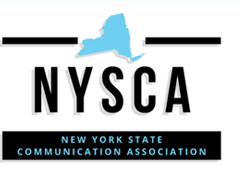Abstract
On November 10th, 1983 the TV movie, The Day After aired in the living rooms of homes across America. This dramatic portrayal of a nuclear attack on the citizens of Kansas and Missouri, scared Americans watching. Depicting the desolate landscape of a post-nuclear-attack world, paired with the feeling of inevitability of nuclear destruction, the American people began to change their feelings about nuclear weapons. But why does this movie matter? And how can we trace any meaningful influence this movie had on American Culture and understanding of nuclear war? This paper intends to expose the ways The Day After changed American society from the average American, to the Reagan administration making important policy decisions.
This movie did three things, first it increased nuclear awareness in America’s general public with an increase in letter writing campaigns, voting and general concern in foreign affairs. Next, anti-nuclear organizations were able to use this movie as a steppingstone to increase awareness and raise money for anti-nuclear campaigns. Finally, anxiety from the general public creeped into the white house and we can see real-time rapid changes to public policy and foreign relations in Reagan’s administration.
This paper exposes how forms of media and art can create real change politically, socially and culturally. Instead of responding to change, we can see media shaping change.
Recommended Citation
Dawkins, Claire
(2021)
"The Pragmatic Interplay Between Media and Political Policy: An Analysis of The Day After and Its Implications on American Cold War Nuclear Policy and Opinion,"
Proceedings of the New York State Communication Association: Vol. 2020, Article 4.
Available at:
https://docs.rwu.edu/nyscaproceedings/vol2020/iss1/4
Included in
Communication Commons, Cultural History Commons, Social History Commons, United States History Commons

